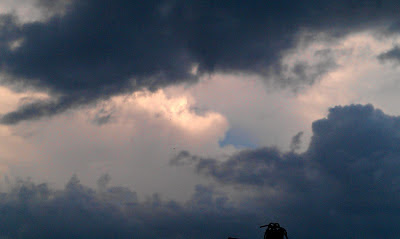Pigeons have a very receptive nature. They are easily affected by ailments. Commonly, pigeon diseases are result of inadequate care. Bacterial diseases are mostly contracted by eating infected food, stings, bites, wounds or inhalation. Viral diseases arise from infected drinking water, sneeze from a sick bird or other airborne contact. Fungal diseases are spread by wind, water or contact. Protozoa are often carried by parent birds and are passed to their youngsters by mouth. When birds ingest worms or contact with birds carrying on them some stage of parasite, parasitic diseases occur. Some diseases bother pigeons because of vitamin or mineral deficiency. There is plethora of pigeon diseases. Out of them, some of the common ones are mentioned here. For details read the following account.
Pigeon Disease
Colds: Pigeons catch colds as in case of human beings. Major cause of colds is dampness in the loft.
Diarrhea: Generally this health problem occurs after your pigeon has eaten sour or moldy or unseasoned grain. Eliminate any grain that you don’t consider perfect. Feed small grains and corn to your pigeon till its health is improved.
Going Light: The flesh of the pigeon’s body gets waste away with this disease. The pigeon looks sick and catches diarrhea. The latter disease is a symptom of another problem. In this case feed your pigeon with warm milk with bread or meal in the intervening time.
Canker: This protozoan infection is very common in pigeons. Adult birds easily catch it but mostly in the next the squabs are struck by it. Lesions in the mouth or throat with a yellowish white substance confirm its presence.
Roup: If pigeons are exposed to dampness or drafts during winters, occurrence of roup can be inevitable. Its symptoms are like cold. Nasal discharge clogs the nostrils. Isolate the infected pigeon at the earliest; sterilize the loft and all utensils.
Pneumonia: If throat of your pigeon is parched and is having difficulty in breathing, it may have fever or it may look sick. This could be pneumonia. Keep the area warm and drafts away from them.
Egg Binding: Sometimes a hen faces problems in passing an egg. This problem can be solved if you bathe the vent with some warm water and put some warm olive oil on it, the egg will pass on out easily.
Malaria: It is attacked by protozoa in pigeons. The protozoa target the red blood cells of pigeons. The symptoms of this disease are blurred. This disease is not easily treated. To prevent this disease provide clean food and water to your pigeon. Keep the cage of your pigeon clean and tidy.
Coccidiosis: This pigeon disease is one of the extremely infectious diseases. Mostly it is caused due to protozoan. Young pigeons subjected to scrupulous stress are the targets of these protozoa. This disease can be identified by inactivity, loss of weight and low diet. This disease can lead to death, thus, should be cured at the earliest.
Pigeon Pox: This is a viral disease which attacks the skin and / or mucous membrane.
Other pigeon diseases are ornithosis, encephalomylitis, paramyxovirus, aspergillosis, thrush etc.
Treatment:
Keep the birds warm and administer cod liver oil. Consult your feed store to make breathing easier and curing roup. Treat pneumonia with antibiotics. For diarrhea, give a dose of castor oil or Epsom salts to clear out the bird’s system. Always consult a veterinarian when your pigeon suffers of an ailment. Never try to cure a pigeon at your own.
Prevention:
- Keep pigeon lofts clean and dry.
- Feed clean and fresh water and food.
- Vaccine them against pox.
- Treat cuts and abrasions of pigeon immediately.


















































